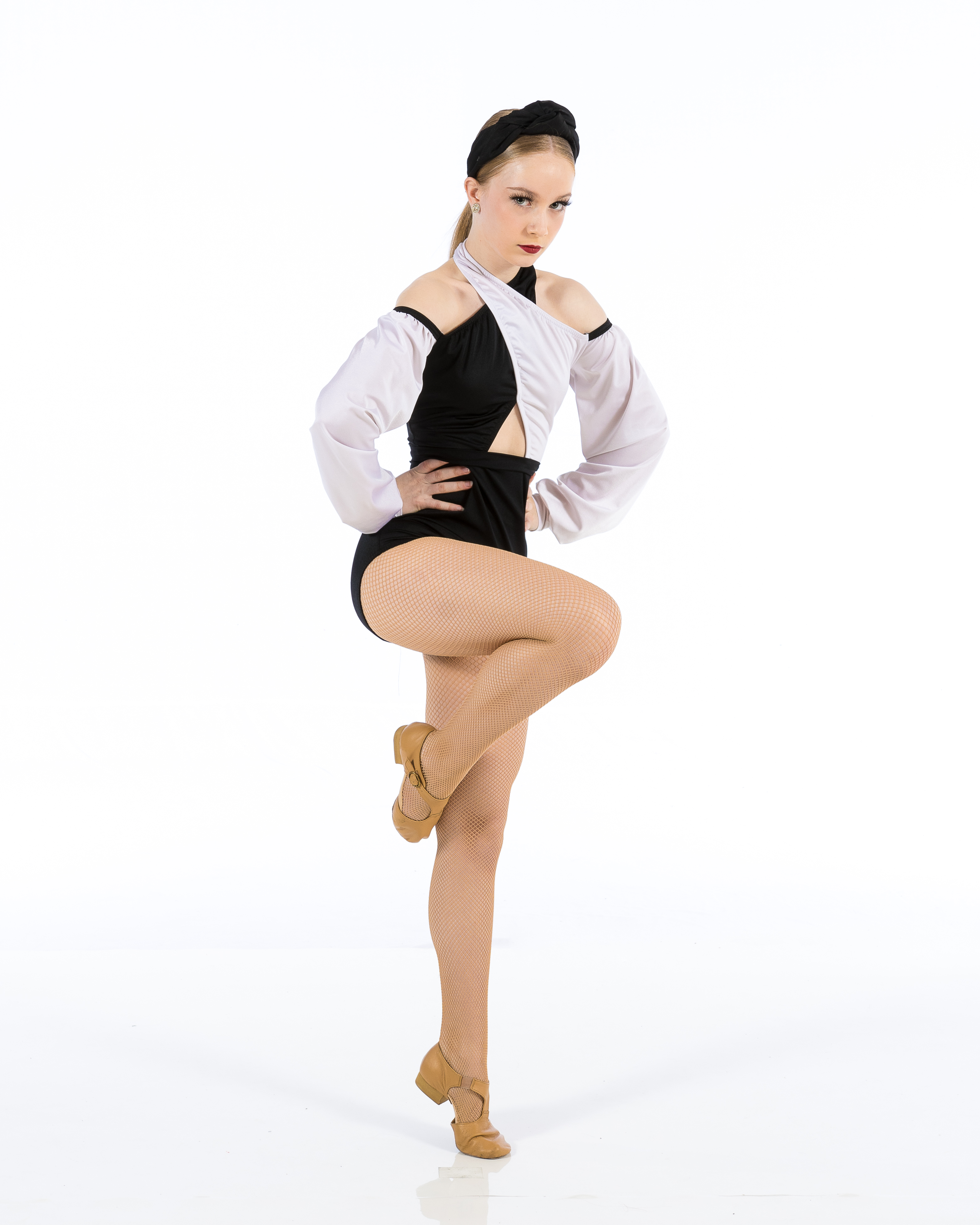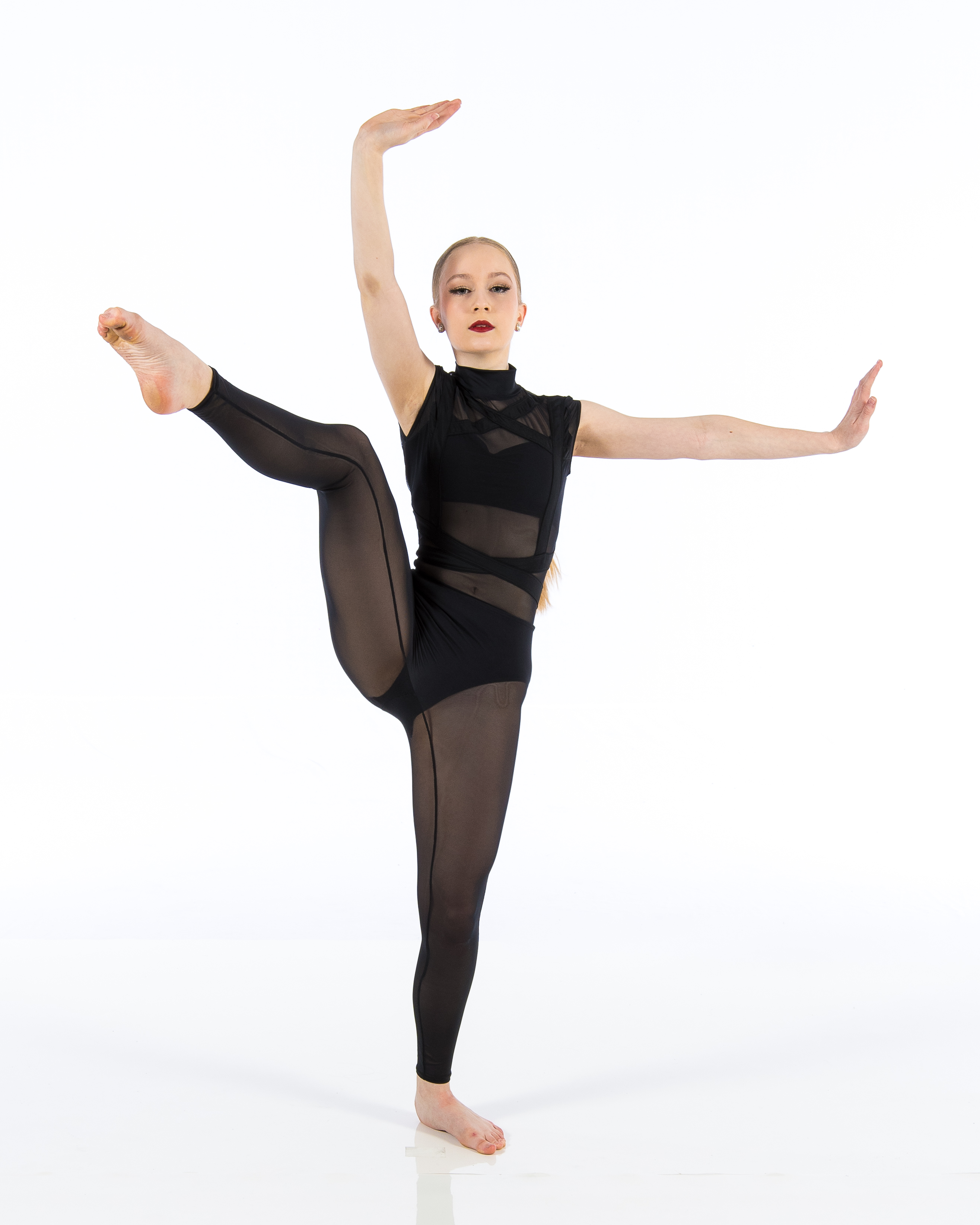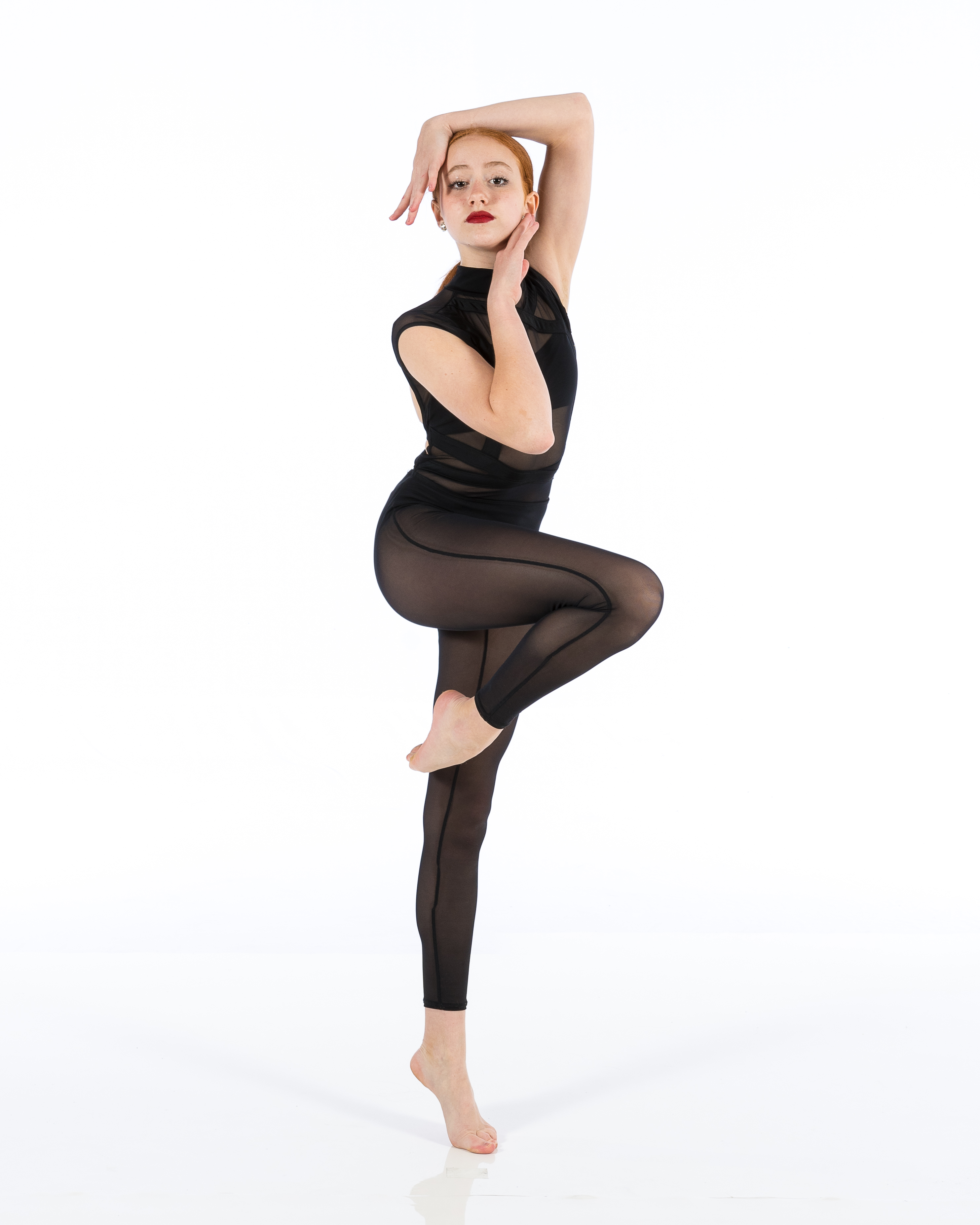Respecting the Space: Do's and Don'ts for Shared Dance Studios
Introduction
Shared dance studios serve as Dance Studio vibrant hubs where dancers of all styles come together to express themselves, hone their skills, and create a sense of community. However, with this shared space comes the responsibility of respecting not only the studio but also fellow dancers. A well-maintained dance studio enhances creativity, fosters collaboration, and ensures everyone feels comfortable. In this comprehensive guide, we’ll explore the essential do's and don'ts for making shared dance studios a harmonious environment for all.
Respecting the Space: Do's and Don'ts for Shared Dance Studios
Understanding Shared Dance Studios
What is a Shared Dance Studio?
A shared dance studio is essentially a space that multiple individuals or groups use for rehearsals, classes, or performances. These studios can vary in size and facilities but typically include mirrors, sound systems, and sometimes even ballet bars.

Why is Respect Important?
Respecting the space helps maintain a positive atmosphere. It ensures that every dancer feels valued and can fully engage in their practice without disruptions. This respect extends beyond mere etiquette; it’s about fostering a supportive environment where creativity thrives.
The Do's of Respecting Shared Dance Studios
1. Keep the Studio Clean
One of the most significant responsibilities in any dance studio is cleanliness. Always clean up after yourself! This includes:
- Sweeping or vacuuming floors if necessary
- Wiping down mirrors
- Picking up any personal items
Maintaining cleanliness shows respect for both the space and fellow dancers.
2. Be Mindful of Noise Levels
Dancing can be an expressive art form, but remember that sound travels! If you’re playing music or practicing choreography:
- Keep your volume at a reasonable level.
- Use headphones when possible if you're working alone.
This consideration allows others to focus on their practice without distractions.
3. Schedule Appropriately
Dance studios often operate on tight schedules. When booking time slots:
- Ensure you arrive on time.
- Don’t overstay your allotted time.
This courtesy respects both the studio management and other users waiting for their turn.
4. Communicate with Others
If you are sharing the space with other dancers:
- Introduce yourself politely.
- Discuss any potential conflicts regarding equipment or space usage upfront.
Open communication can prevent misunderstandings and enhance collaboration among dancers.
5. Use Equipment Responsibly
If your shared dance studio has props or equipment:
- Use them carefully.
- Return them to their designated places after use.
Responsible use reflects well on you as a dancer and maintains the longevity of the studio’s resources.
The Don'ts of Respecting Shared Dance Studios
1. Avoid Disruptive Behavior
While dancing is an energetic activity, avoid:
- Loud conversations during practice times.
- Distracting movements near others who are focusing.
Being disruptive can hinder someone else's creative flow.
2. Don’t Hog Space or Equipment
Shared spaces mean sharing! If you're working on something intricate:
- Be aware of how much room you're taking up.
- Allow others access to equipment you might be using if they need it.
Being considerate about physical space promotes harmony within the studio.
3. Refrain from Negative Comments
Dance is subjective, and everyone progresses at different rates:
- Avoid criticizing others’ work publicly.
Instead, offer constructive feedback only if asked—this fosters a more supportive environment.
4. Don’t Ignore Studio Policies
Every dance studio will have its own set of rules and regulations:
- Familiarize yourself with them upon joining.
Ignoring these guidelines can lead to unnecessary conflicts or misunderstandings.
Creating a Positive Atmosphere in Shared Dance Studios
1. Encourage Collaboration Among Dancers
Collaboration can elevate everyone's experience in shared spaces:


- Pair up with dancers from other styles for joint practices.
This not only broadens your horizons but also builds camaraderie within the community.
2. Celebrate Each Other’s Achievements
Whether it's nailing a difficult routine or completing a class successfully:
- Celebrate each other's milestones!
Acknowledging accomplishments fosters positivity and encouragement among peers.
Tips for New Dancers in Shared Spaces
When you're just starting out, shared dance studios can feel intimidating:
-
Introduce Yourself: Break the ice by introducing yourself to fellow dancers.
-
Ask Questions: If unsure about anything—be it technique or studio policies—ask someone experienced!
-
Observe First: Spend time watching before jumping into action; this helps you understand dynamics within the group better.
Handling Conflicts in Shared Dance Studios
Conflicts may arise despite best efforts; here's what to do:
-
Address Issues Calmly: If someone disrupts your practice, approach them calmly instead of reacting impulsively.
-
Involve Studio Management: If direct communication doesn’t resolve issues, involve management diplomatically—they often have protocols in place for such situations.
FAQ Section
1. What should I bring to my first day at a shared dance studio?
You should bring comfortable attire suitable for movement, water to stay hydrated, any personal props you might need (like shoes), and an open mind ready to learn!
2. How can I find out about scheduled classes?
Most studios have online platforms where schedules are posted regularly; check their website or social media pages!
3. Is it okay to play my music while dancing?
Yes! Just make sure it’s at an appropriate volume so that it doesn't disturb others around you.
4. What happens if I accidentally damage something in the studio?
Notify management immediately! They appreciate honesty—and might simply ask you to help fix it rather than penalizing you harshly!
5. Can I eat inside the dance studio?
Generally speaking, eating isn’t allowed inside many studios due to cleanliness concerns—but check specific policies at yours!
6. How do I handle cliques forming within classes?
Focus on building individual connections rather than getting involved in group dynamics; friendships will form organically when everyone shares common interests!
Conclusion
In conclusion, respecting your shared dance studio goes beyond mere adherence to rules; it's about creating an inclusive environment where everyone feels free to express themselves artistically without barriers or conflicts getting in the way! By following these do's and don’ts outlined above—communicating openly with fellow dancers while maintaining cleanliness—you'll contribute positively not just towards enhancing your experience but also enriching those around you! Let us all embrace our love for dance together—while honoring each other's presence within this beautiful art form known as dancing!